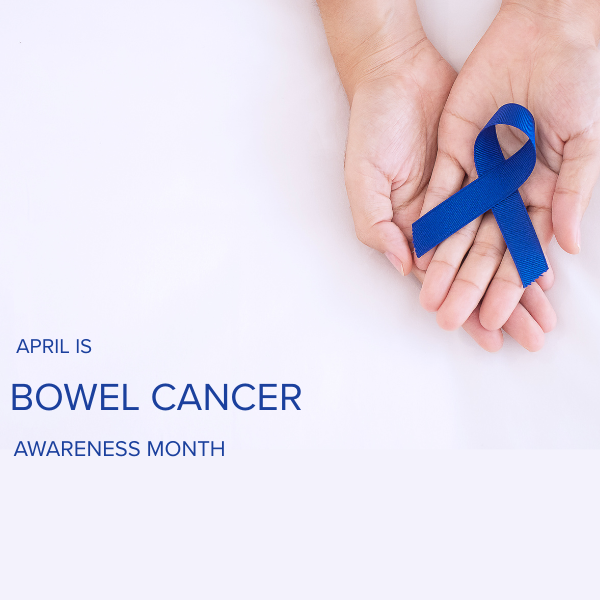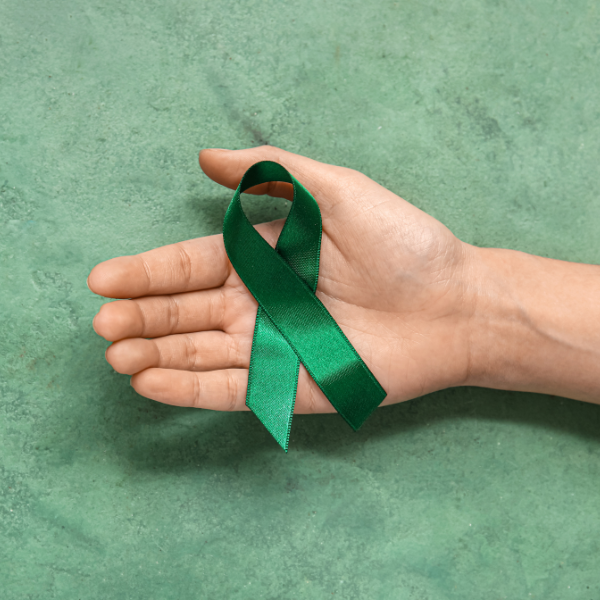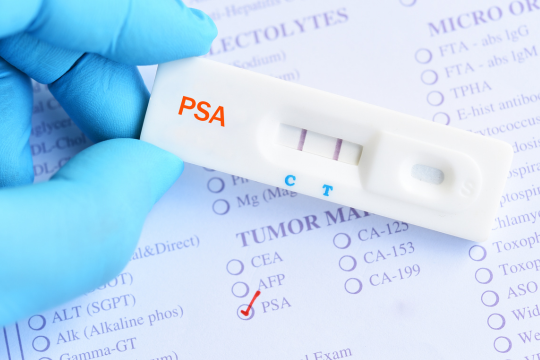Martha’s Rule
Cauda Equina Compensation Claims Solicitors.
The cauda equina is the bundle of nerve roots located at the base of the spinal cord.
The nerves branch out from the spaces in between the vertebrae of the spine to connect to other parts of the lower body, providing the ability to move the legs and to feel sensation in the bladder and bowel.
When a person sustains damage to their lower back, such as a slipped disc, it can cause the cauda equina to become compressed, affecting the sensation and movement in the legs, bladder, and bowel. A slipped disc is often the result of an accident such as a road traffic accident, or a slip, trip, or fall.
If you have been in an accident which wasn’t your fault, and have developed cauda equina syndrome as a result, our specialist solicitors can help you to claim the compensation you deserve.
What is Cauda Equina Syndrome?
Cauda equina syndrome is a rare and serious medical condition which affects the bundle of nerves at the base of the spine. It requires immediate medical investigation and treatment in order to prevent permanent neurological damage. The nerves located within the cauda equina are responsible for sending and receiving messages to and from your lower body, including your legs, and feet, as well as internal pelvic organs like the bladder and genitals.
When a person sustains an injury to the lower back, for example a slipped disc, the nerves within the cauda equina can become compressed, thus cutting off or reducing the sensation and movement in the lower body, causing cauda equina syndrome. It is a treatable condition, with most people making a full recovery. However, the longer the condition goes undiagnosed and untreated, the more likely it is for permanent damage to occur.
Lower back pain is very common, affecting millions of people, and most people are unlikely to require surgery. However, if your back pain is severe, and began or worsened after an accident, it is advisable to seek medical help as soon as possible in order to prevent long term complications.
Once you have sought medical assistance and are receiving treatment for your cauda equina syndrome, we can help you to seek the compensation you deserve after your accident. Our team of personal injury lawyers are knowledgeable and experienced in handling cauda equina compensation claims, so don’t hesitate to get in touch with us.
Our Cauda Equina Claims Expertise
Our qualified and experienced solicitors are here to guide you through the compensation process. Get in touch today.
Here at Lanyon Bowdler we pride ourselves on offering a high level of service to every one of our clients, ensuring we tailor our approach to your individual needs. Our team of medical negligence solicitors are highly qualified and experienced in helping clients to win their compensation claims and achieve the best possible financial outcome.
We understand that taking legal action after an accident can be daunting for some people due to the financial cost involved. For this reason, we are often able to offer our services on a no win no fee basis, which means that if your compensation claim is unsuccessful you won’t owe us a penny. If your claim is successful, we will recoup our fee from the final compensation amount before it is awarded to you.
Your Cauda Equina Compensation questions answered
If you have been involved in an accident, through no fault of your own, which has resulted in you suffering from cauda equina syndrome, it is likely that you will need to take a substantial amount of time off work, and you may be faced with medical expenses that you have not budgeted for. This puts a huge financial strain on most families, further exacerbating the psychological impact of the accident.
A compensation award can’t help to take away the pain you are suffering, but it can certainly help to ease the financial pressure you may be feeling, due to loss of earnings and medical bills.
When assessing your claim and deciding on a final compensation amount, the following factors will be taken into consideration:
- Loss of earnings already incurred
- Potential future loss of earnings
- The cost of any prescriptions you require
- The cost of therapy including physiotherapy, occupational therapy, and any other type of therapy which relieves or improves your symptoms
- Medical costs not covered by the NHS
- The cost of any additional care required, such as auxiliary nurses and carers
- Any mobility aids and equipment required to manage the disability
The extent of the injury and the potential for lifelong problems will also be taken into account, as well as the psychological impact that your injury has had on you and your family. Here at Lanyon Bowdler, we understand how devastating it can be to be involved in a life-changing accident, which is why we strive to achieve the maximum level of compensation that each of our clients deserve. We are on your team and ere for you.
Cauda equina syndrome typically affects adults more commonly than children, and is often the result of an injury sustained in an accident. Some of the most common causes of CES include:
- A severely ruptured disc in the lumbar area of the spine, also known as a slipped disc
- Stenosis which is a narrowing of the spinal canal
- An infection, inflammation, fracture, or haemorrhage of the spine
- Complications from a severe lumbar injury, often after a fall or RTA
- A malignant tumour or lesion on the spine
- A herniated disc
- A traumatic spinal injury such as a stabbing
- A congenital spinal abnormality or birth defect
If you have been involved in a no-fault accident and have sustained a lower back injury, we would advise you to seek medical help as soon as possible. It is also advisable to ask for a copy of the medical records as they can provide useful evidence in your compensation case.
There are a number of key symptoms which typically indicate that a person is suffering from cauda equina syndrome, including:
- Severe pain in the lower back
- Pain, numbness, or weakness in the legs
- Dysfunction of the bladder and/or bowel
- Sudden onset sexual dysfunction
- Numbness in the perineal area
- Acute or chronic pain that radiates through the legs and buttocks
- Loss of sensation in the saddle area
You may notice the symptoms immediately after your accident, or it may take some time for the symptoms of cauda equina syndrome to become apparent. Either way, it is vital you seek medical assistance as soon as you begin to experience problems with your lower back in order to have the best possible chance of making a full recovery.
The early diagnosis of cauda equina syndrome is vital if the patient stands any chance of making a full recovery. As soon as you notice any of the associated symptoms it is advisable to see a doctor as quickly as possible so that they can run some tests and provide a formal diagnosis.
The doctor will usually make their diagnosis based on a number of factors, including:
- Carrying out a physical examination in order to assess the strength, stability, sensation, reflexes, movement, and alignment of the patient.
- Assessing the patient’s medical history, current symptoms, and general health and activity levels.
- Ordering a magnetic resonance imaging scan (MRI) in order to produce a 3D image of the spine.
- Ordering a myelogram, which is a spinal X-ray carried out after injecting a contrast material into the body in order that the pressure points on the spinal cord and nerves can be identified.
- Ordering a computerised tomography scan (CT) in order to get a better picture of what is happening inside the body.
- Blood tests may also be ordered.
Once the doctor has assessed all of the test results they can confirm whether or not the patient is suffering with cauda equina syndrome, and a treatment plan can then be devised. When you visit your doctor for a CES diagnosis, don’t forget to ask for a copy of your medical notes as these can be used as supporting evidence in your compensation case.
Cauda equina syndrome is a serious medical condition, and prompt treatment, ideally within 48 hours, is essential in order to ensure the patient has the best possible chance of recovering the function in their lower body.
Treatment for CES can come in several forms, but will typically involve the following:
- Surgery to relieve the pressure on the nerves, thus preventing permanent nerve damage and paralysis from occurring, and allowing for the sensation and function to return to the legs, bladder, and bowel.
- Medication and rest to reduce the pain, swelling, and inflammation associated with cauda equina syndrome.
- Occupational therapy to help patients adapt their daily lives to accommodate their limited mobility.
The recovery of a patient with cauda equina syndrome typically depends upon how badly the cauda equina was damaged, and how quickly the diagnosis and subsequent treatment took place. Even with treatment, some patients may not recover the full function in their lower body, and must learn to adapt to their new disability.
Claiming compensation after a no-fault accident which has caused cauda equina syndrome can provide you with the financial provision to move forward with your life. No amount of money can make up for what happened to you, but a compensation award can help to alleviate the financial worries you may have after a life-changing accident.
What our clients say.
Contact us
Lanyon Bowdler has offices in Shrewsbury, Bromyard, Hereford, Ludlow, Oswestry, Telford, and Conwy in North Wales.
We are one of the most recognised firms of solicitors in Herefordshire, Shropshire, Mid and North Wales, Birmingham and the Midlands, synonymous with excellence. We are able to offer a wide range of pricing options including fixed fees and service level guarantees.
As a leading law firm, we regularly act for clients on cauda equina compensation claims across the country. We can represent you wherever you live in England or Wales. Give us a call or complete our online enquiry form, to see how our medical negligence lawyers can help.
Meet the team.
Latest knowledge.
Our awards and accolades.
Get in touch.
"*" indicates required fields

 Back
Back





























 Blog
Blog


 Case Study
Case Study












